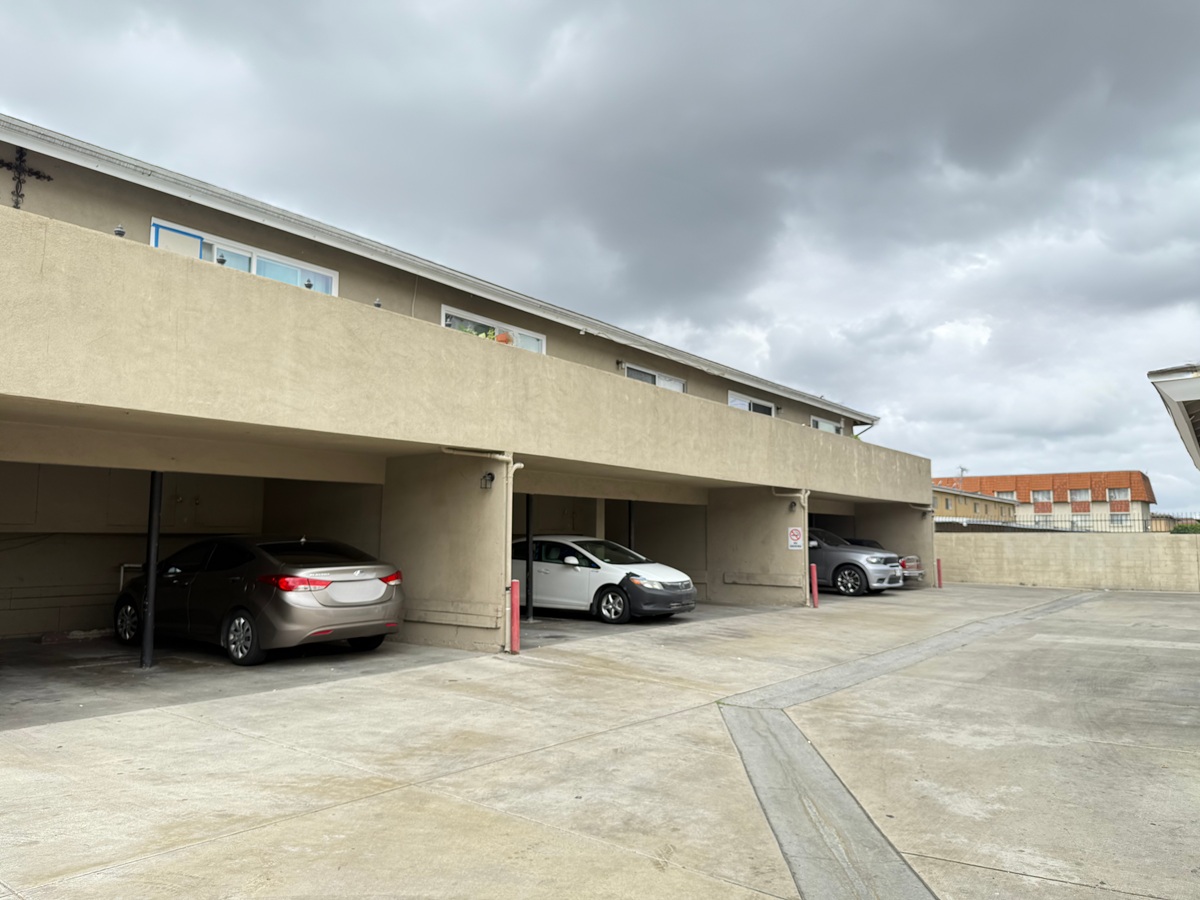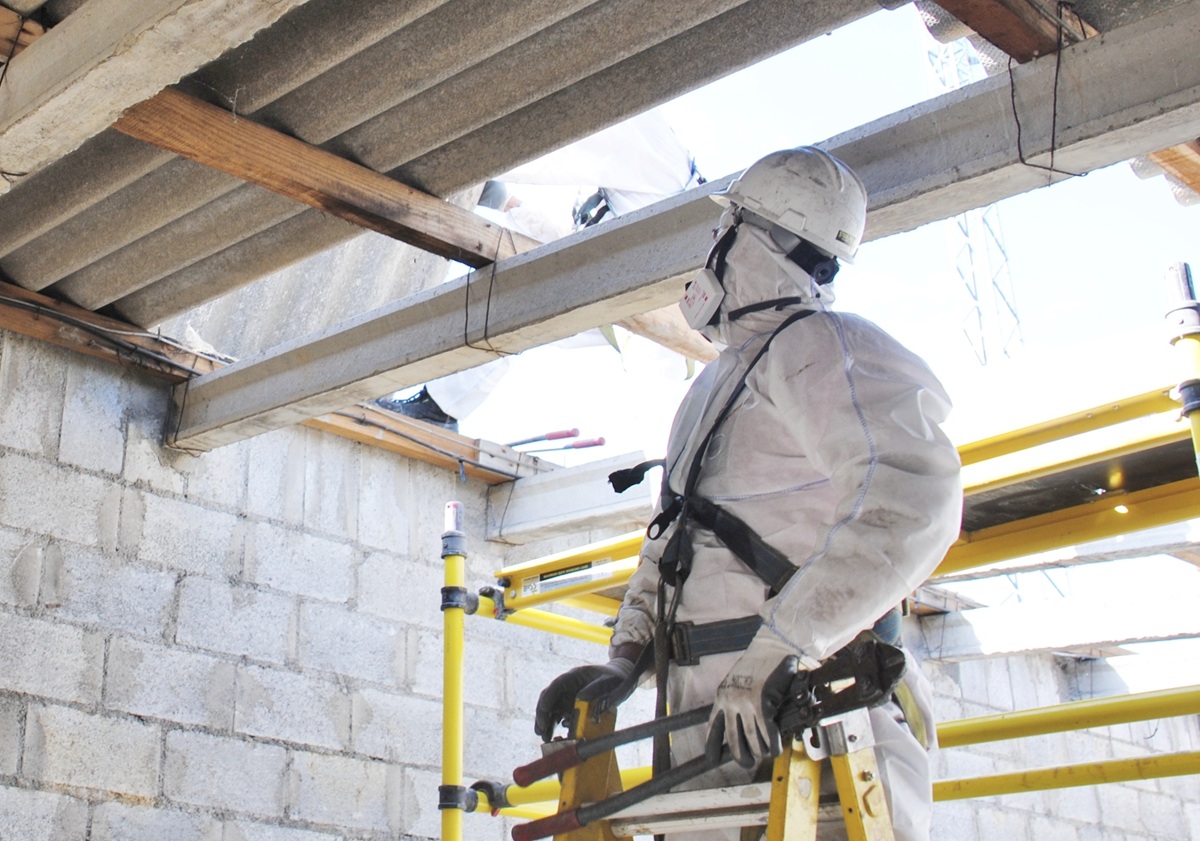City of San Diego officials are getting serious about resilience, and they’re turning to the community for feedback on what that means.
In 2020, the city completed a Climate Change Hazard Vulnerability Assessment, which has served as the foundation for a new plan – Climate Resilient SD – to ensure that residents will continue to thrive in a changing climate.
Members of the public have been invited to comment on the report, which is available at www.sandiego.gov/sustainability/resilience. The document addresses these potential hazards:
- Sea level rise
- Flooding and drought
- Extreme heat
- Wildfires
City leaders should be commended for taking action to protect San Diego against these very real threats. The report was derived in part from the 2017 San Diego County Multi-Jurisdictional Hazard Mitigation Plan, which also addressed hazards from earthquakes, dam failures and tsunamis.
But shouldn’t earthquakes be included in this latest report, especially since San Diego’s Rose Canyon earthquake fault was found in 2020 to be larger and potentially more destructive than previously believed?
Climate change and earthquakes
NASA has raised the question of whether long-term drought caused by climate change can trigger earthquakes.
A 2017 student out of JPL found that alternating periods of drought and heavy precipitation in the Sierra Nevada between 2011 and 2017 caused the mountain range to rise by nearly an inch and then fall by half that amount, as the mountain rocks lost water during the drought and then regained it. The study didn’t specifically look at potential impacts on faults, but such stress changes could potentially be felt on faults in or near the range, NASA concluded.
Similarly, a 2014 study in the journal Nature found that pumping water from the aquifer in California’s Central Valley can promote lateral changes in stress to the two sides of the San Andreas, potentially causing them to unclamp and slip – resulting in an earthquake.[i]
“Even though such changes might be small compared with stress changes caused by the normal buildup of stress on a fault from tectonic processes, it could potentially hasten the onset of the next big quake on the San Andreas,” geophysicist Paul Lundren of NASA’s Jet Propulsion Laboratory.
San Diego’s very real risk of earthquake damage
There is very little research available about any possible links between earthquakes and climate change.
But the fact remains that earthquakes are a serious threat to the city, and they should be included in any city plan for resilience.
The Earthquake Engineering Research Institute projected significant loss to San Diego if a 6.9-magnitude quake were to strike along the Rose Canyon fault.
- 45% of all residential buildings damaged
- 23,000 residential units severely or completely damaged
- 36,000 households displaced
- 40% of commercial and industrial buildings damaged, (20% extensively or beyond repair)
- $38 billion in damage
- $5.2 billion in lost income
Simply stated, these numbers call out for further analysis, planning and proactive steps to protect San Diegans. The science is clear. We need to act now to make San Diego’s residents, businesses and property owners aware of earthquake risks and what they can do to protect our community. Let’s not pass up an opportunity to advance this important public safety discussion.
The bulk of these damaged buildings would represent older, more affordable housing and retail – displacing residents and putting thousands of people out of work. This puts our most vulnerable communities at a disproportionate risk for disaster.
Earthquake retrofits can save lives, preserve much-needed housing, ensure that businesses can remain open in an emergency, and enable communities to recover quickly after a major earthquake – to protect and preserve quality of life for all.
For more information, call Optimum Seismic at 833-978-7664.
[i] NASA, Global Climate Change, https://climate.nasa.gov/news/2926/can-climate-affect-earthquakes-or-are-the-connections-shaky/







